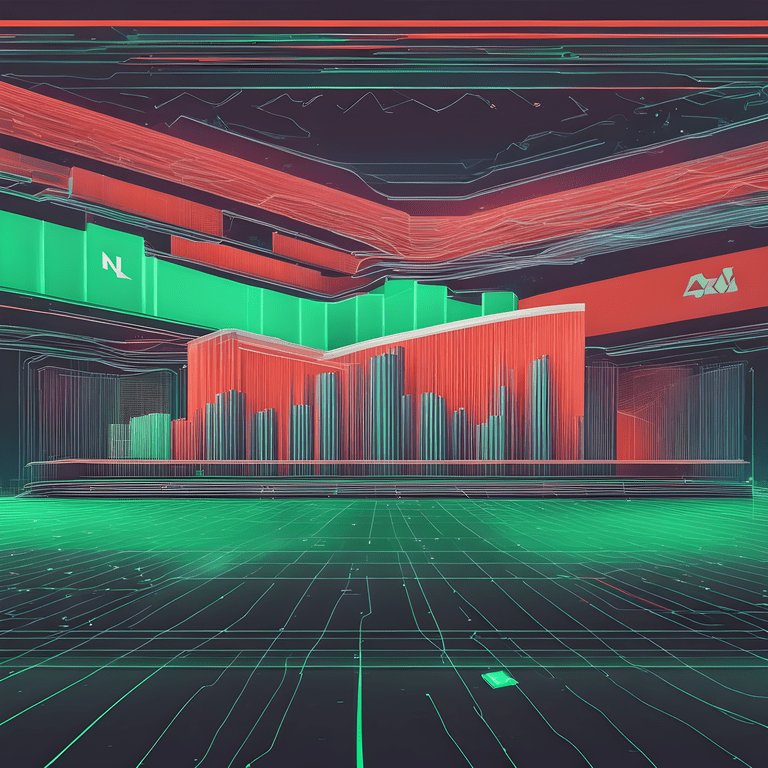
The Rise of NFTs
NFTs, or non-fungible tokens, validate distinct digital assets through blockchain technology.
NFTs are indivisible and cannot trade one-to-one, in contrast to cryptocurrencies like Bitcoin and Ethereum. Whether it’s a picture, a video, or any other type of digital material, each NFT signifies ownership and legitimacy of a particular digital asset.
The Journey from Memes
NFTs initially gained popularity in the world of internet memes. Creators began tokenizing their memes, turning them into digital assets that could be bought and sold. This marked the beginning of a paradigm shift, where internet culture not only consumed but also commodified.
The Democratization of Art
NFTs have had a significant impact on the creative industry by democratizing art. Traditionally, the art world has been exclusive, with a limited number of gatekeepers deciding which artists get recognition and access to the market. NFTs have shattered these barriers, allowing artists from diverse backgrounds and styles to showcase their work on a global scale. Digital artists have found a new avenue for monetizing their creations and gaining recognition without the need for traditional galleries or intermediaries.
Tokenizing Masterpieces
While NFTs started with memes, they have expanded to include high-end masterpieces. Renowned artists are now embracing NFTs to authenticate and sell their digital artwork. This shift challenges the traditional art market by offering a more direct relationship between artists and collectors. Through smart contracts, artists can also receive a percentage of any future sales of their work, ensuring ongoing support and recognition for their contributions.
Smart Contracts and Royalties
Smart contracts embedded in NFTs bring a revolutionary aspect to the art market. Artists can program these contracts to receive a percentage of the resale value every time the NFT changes hands. This not only provides a consistent revenue stream for artists but also challenges the traditional model where artists often see little benefit from the increasing value of their work on the secondary market. NFTs are thus reshaping the economic landscape of the art world, empowering artists in ways previously unimaginable.
Challenges and Controversies
NFTs can change lives, yet they also have drawbacks and disagreements. Discussions concerning the sustainability of NFTs have been triggered by environmental concerns over the energy consumption of blockchain networks. Furthermore, problems like plagiarism, copyright infringement, and the possibility of manipulating the market have raised concerns about the long-term sustainability of this technology in the creative business.
Conclusion
From the viral realm of memes to the lofty heights of masterpieces, NFTs are leaving an indelible mark on the creative industry. By democratizing access to the market, providing new revenue streams for artists, and redefining the relationship between creators and collectors, NFTs are reshaping the way we perceive and value digital art. As the technology continues to evolve, it remains to be seen how NFTs will navigate challenges and controversies, but one thing is clear – the creative industry will never be the same again.
Disclaimer
FAQ
NFTs are unique digital assets stored on blockchains, representing various digital items.
To create a unique NFT, you mint it by uploading a digital file to a blockchain platform.
NFTs can be a good investment for collectors, but research and understanding risks are essential.


